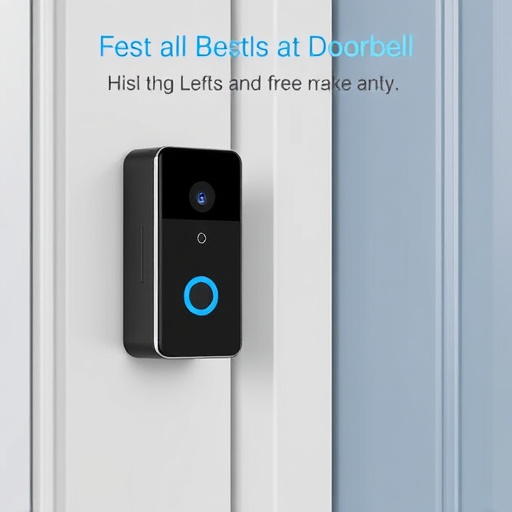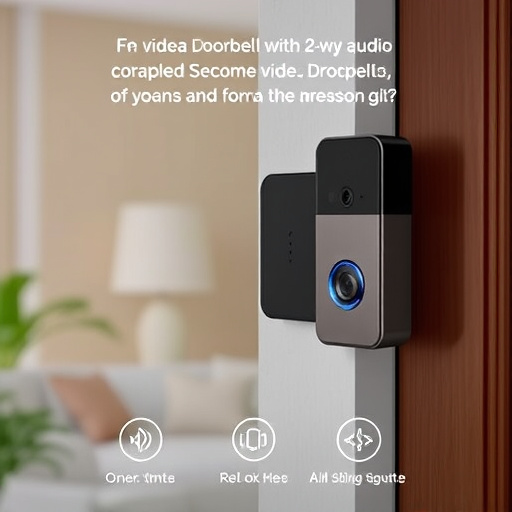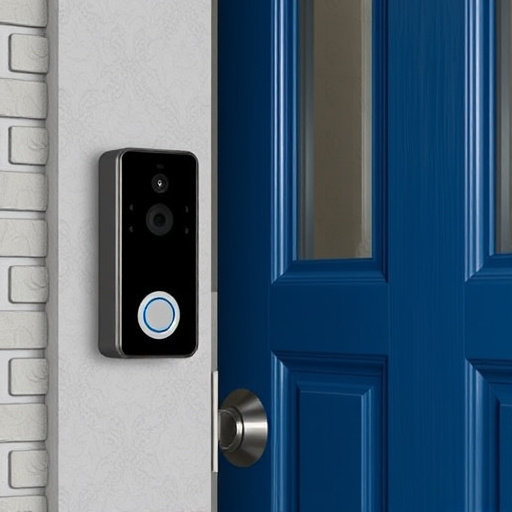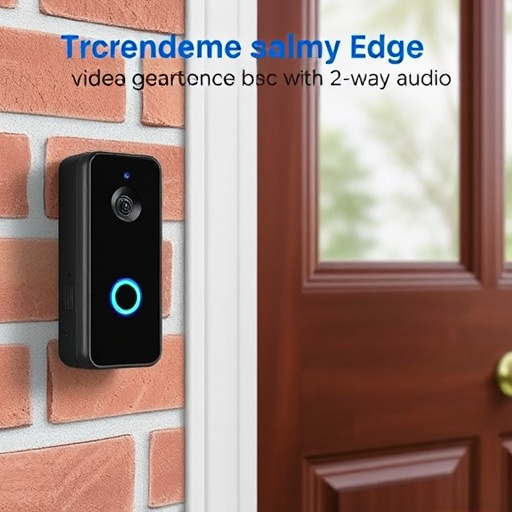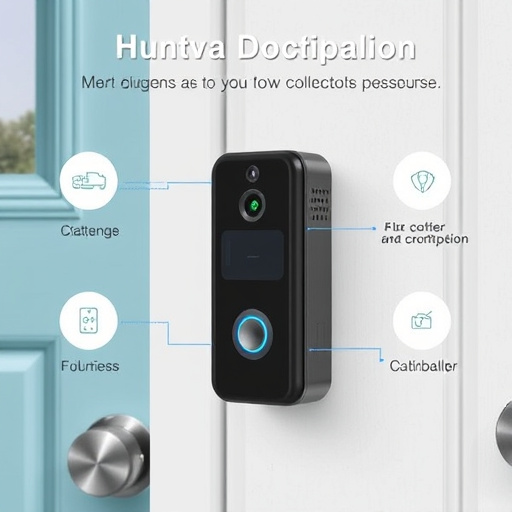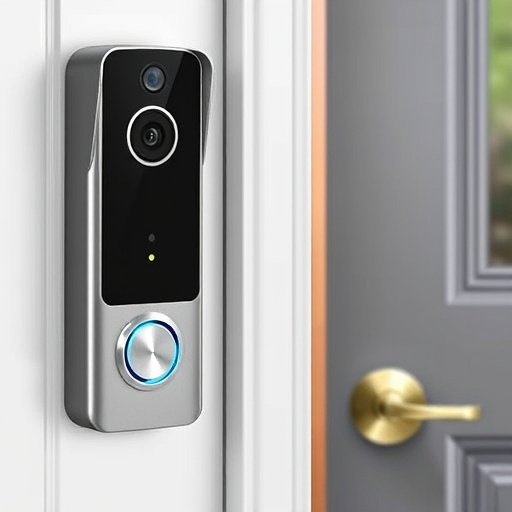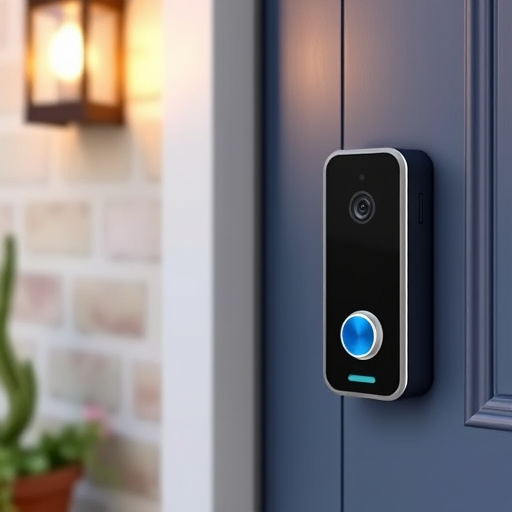Face recognition tech powers Video Doorbells With 2-Way Audio, enhancing home security by identifying familiar faces and allowing communication via smartphone. This revolutionizes traditional doorbells, offering real-time visitor verification and audio feeds. However, it raises privacy concerns regarding biometric data collection and surveillance, requiring a balance between innovation and privacy protection. AI-driven front door security continues to evolve with advanced cameras providing remote interaction and face differentiation for modern living.
“Face recognition technology is transforming home security, with applications like video doorbells with 2-way audio leading the charge. This innovative system promises enhanced safety and convenience, allowing users to identify visitors remotely. However, as face recognition becomes more prevalent, privacy concerns and ethical considerations come to the forefront. This article explores the fundamentals of this technology, its impact on home security through AI integration, and potential future developments while addressing crucial ethical dilemmas.”
- Understanding Face Recognition Technology: The Basics
- Video Doorbell Revolution: 2-Way Audio Integration
- Privacy Concerns and Ethical Considerations in Face Recognition
- Future Applications: Enhancing Home Security with AI
Understanding Face Recognition Technology: The Basics
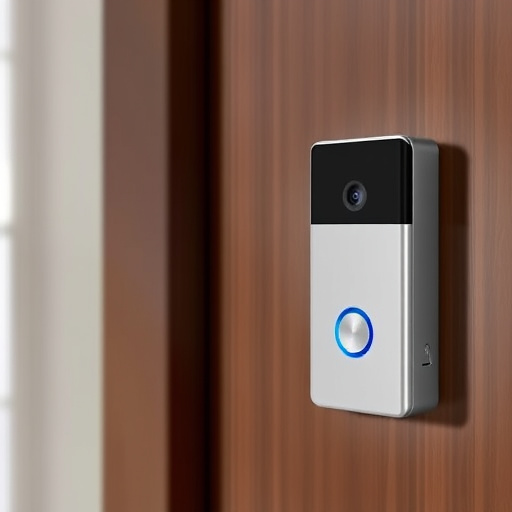
Face Recognition Technology is a cutting-edge system that identifies or verifies individuals based on their unique facial features. This technology works by analyzing and comparing digital images or video frames to previously stored data, often using complex algorithms and artificial intelligence. The process involves several key components: extracting distinct facial points, creating biometric templates, and matching these against a database of known faces.
One practical application of this technology is seen in smart home devices like the Video Doorbell With 2-Way Audio. These doorbells use face recognition to distinguish between familiar residents and potential intruders, enhancing security. They can also integrate with existing home automation systems, allowing for seamless control and monitoring via a smartphone or tablet. This innovative approach combines advanced facial recognition capabilities with the convenience of a video intercom with face recognition, ultimately transforming traditional doorbells into modern smart home essentials.
Video Doorbell Revolution: 2-Way Audio Integration
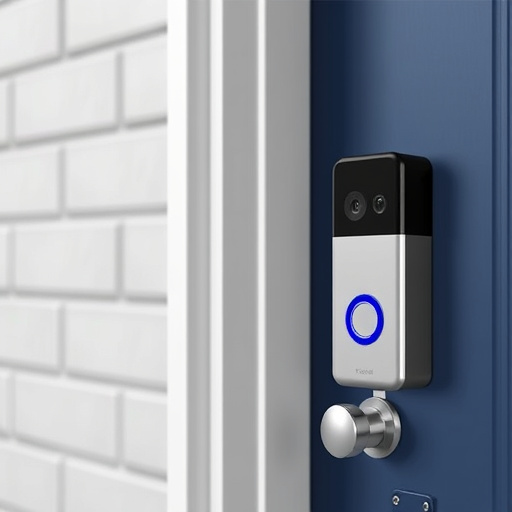
The Video Doorbell Revolution has brought a new dimension to home security and interaction with visitors. One of its game-changing features is the integration of 2-way audio, transforming traditional doorbells into advanced smart devices. This technology allows homeowners to communicate directly with guests or delivery personnel through live audio feeds, enhancing security and convenience.
With a simple push of a button on the screen of your smartphone or connected device, you can initiate a call and speak to anyone at your doorstep. The wireless security camera with audio capability provides an extra layer of protection, enabling users to verify identities, deter potential intruders, and receive real-time updates from their door intercom system. This innovative 2-way audio video doorbell offers a more interactive and efficient way of managing visitor access, revolutionizing the way we perceive home security and communication.
Privacy Concerns and Ethical Considerations in Face Recognition
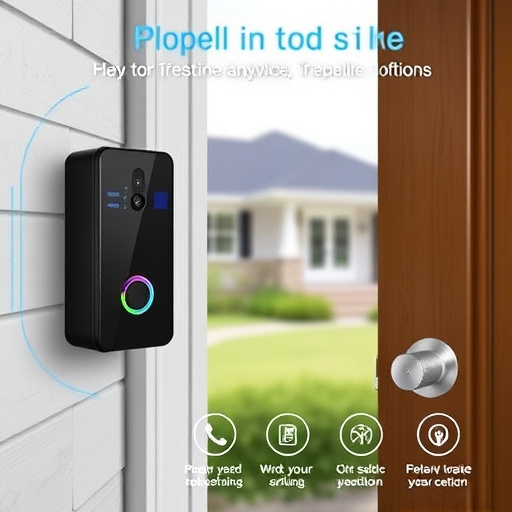
The rise of face recognition technology has sparked intense debates regarding privacy and ethical implications, especially when integrated into everyday devices like a video doorbell with 2-way audio. As smart front door cameras with audio become more prevalent, capturing and storing facial data raises significant concerns. Individuals often don’t realize that every time they interact with these technologies, their biometric information is being collected, potentially leading to unauthorized surveillance and invasion of privacy.
Furthermore, outdoor security cameras with live audio equipped with face recognition capabilities can inadvertently capture sensitive data from neighbors or passersby, blurring the lines between targeted monitoring and widespread observation. Wireless doorbells with live audio, while offering enhanced security, must adhere to stringent ethical guidelines to ensure user consent, secure data storage, and prevent misuse of personal information. Striking a balance between innovation and privacy protection is crucial for the responsible adoption of face recognition technology in domestic settings.
Future Applications: Enhancing Home Security with AI
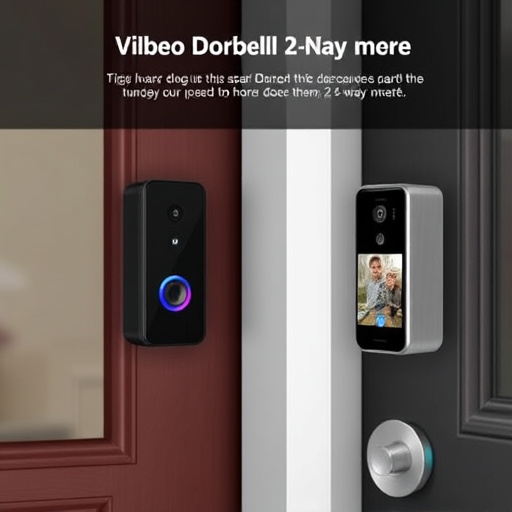
The future of home security is set to be transformed by advanced AI-powered technologies, particularly in the realm of entry points. One such innovation is the integration of video doorbells with 2-way audio that leverage artificial intelligence. These smart devices not only allow for remote verification of visitors but also enable binaural sound, enhancing communication through both visual and auditory cues. By utilizing AI algorithms, these doorbells can differentiate between familiar faces and potential intruders, further bolstering home security measures.
Moreover, the implementation of 2-way communication front door cameras equipped with artificial intelligence promises a new level of interaction. Homeowners will be able to engage in real-time conversations with visitors from their smartphones, providing an additional layer of safety and convenience. This technology combines with outdoor cameras that facilitate 2-way chat, creating a comprehensive security system tailored for modern living. Such advancements in AI-driven home security are revolutionizing how we protect our spaces and interact with visitors at our front doors.
Face recognition technology is transforming home security, as demonstrated by innovative video doorbells with 2-way audio capabilities. While these advancements offer enhanced safety and convenience, it’s crucial to address privacy concerns and ethical considerations. As we move forward, responsible development and regulation of face recognition will be essential to ensure its positive impact on daily life while mitigating potential harms. By balancing technological progress with robust safeguards, we can harness the power of AI for a safer, more connected future.
